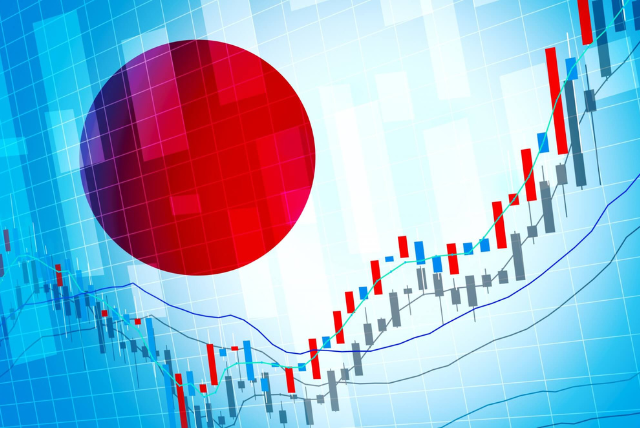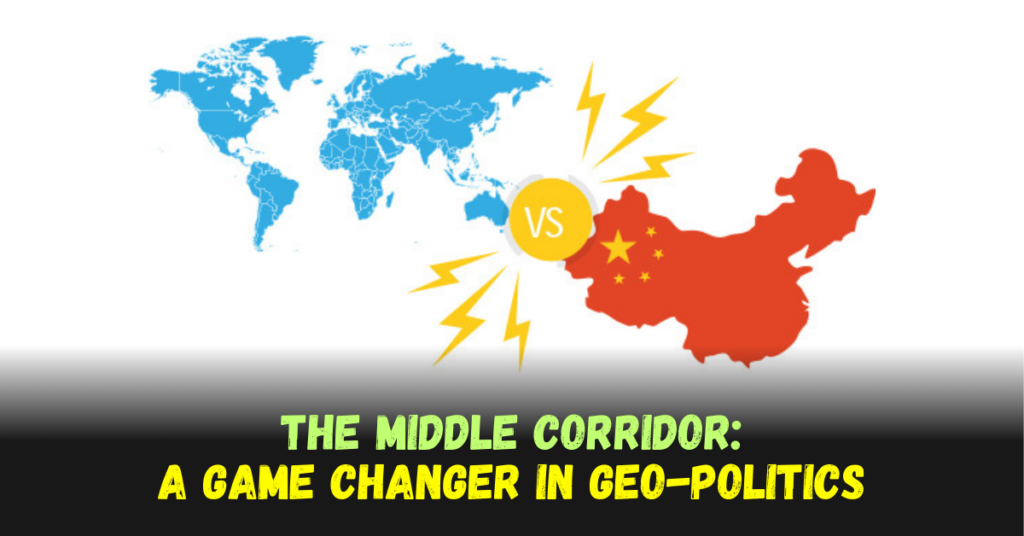For close to three decades, Japan has been a land of economic anomaly. Unlike most countries grappling with the rising tide of inflation, Japan’s struggle has been against its deflationary undercurrents – a persistent decline in prices that stifles economic growth. This unique situation pushed the Bank of Japan (BOJ) to embark on a series of unconventional policies, with negative interest rates being the most talked-about experiment. But in a recent move that reverberated through global financial markets, the BOJ announced the termination of this experiment, raising a multitude of questions about the future trajectory of the Japanese economy.

A Blast from the Past: Japan’s Economic Rollercoaster
To understand the present, a glance back at Japan’s economic past is essential. Following the devastation of World War II, Japan embarked on a remarkable journey of economic revival. The period from the 1960s to the early 1970s witnessed an “economic miracle” fueled by a burgeoning middle class and robust domestic demand. However, the late 1980s witnessed a different story – a bubble economy characterized by skyrocketing stock and real estate prices. In an attempt to curb inflation, the BOJ made a critical misstep by raising interest rates in 1989. This action triggered a major asset price collapse, plunging Japan into a prolonged period of deflation.
Decades of Deflation and Unorthodox Measures
For over two decades, deflation became Japan’s unwelcome companion. The BOJ, determined to break free from this deflationary grip, deployed a series of unconventional tools. These measures, aimed at stimulating the economy, included:
- Quantitative Easing (QE): This involved the BOJ printing new money and injecting it into the financial system to boost asset prices and encourage lending by banks.
- Negative Interest Rates: In a bold move, the BOJ implemented negative interest rates, essentially charging banks to hold excess reserves at the central bank. The aim was to discourage saving and incentivize spending to revive economic activity.
- Yield Curve Control (YCC): The BOJ attempted to manipulate short- and long-term interest rates to keep them artificially low, aiming to create a more favorable environment for borrowing and investment.

While these measures initially yielded some success in pushing inflation upwards, they ultimately failed to ignite sustained economic growth. Companies, facing a stagnant domestic market with low-interest rates, struggled to find profitable investment opportunities within Japan. This led to a surge in overseas investments, with Japan becoming the world’s largest foreign holder of US Treasury debt, surpassing China.
Shifting Tides: The End of an Era
The year 2022 marked a turning point. External factors like the Ukraine war and a weakening Yen finally pushed Japan towards inflation. However, this inflation wasn’t driven by the desired outcome of increased consumer spending. It was primarily fueled by rising global energy costs. This, coupled with the fact that other major economies were aggressively raising interest rates to combat inflation, forced the BOJ to re-evaluate its stance.
On March 19th, 2024, the BOJ made a historic decision, ending the era of negative interest rates for the first time in 17 years. Additionally, they abandoned yield curve control and scaled back their purchases of exchange-traded funds (ETFs). This policy shift signifies a significant change in the direction of Japanese monetary policy.
See More: China Economic Slowdown: Ripples Across the Globe
Unveiling the Road Ahead: Potential Impacts
The ramifications of this policy shift are likely to be wide-ranging and will be felt across various sectors of the Japanese economy. Here’s a closer look at some of the potential impacts:
- Higher Borrowing Costs: Mortgages and government debt repayments will become more expensive due to rising interest rates. This could impact household spending and government finances.
- A Stronger Yen: The potential rise in the value of the Yen could make Japanese exports less competitive in the global market. However, it could also benefit consumers by leading to cheaper imports of fuel and food products.
- Wage Growth on the Horizon?: Businesses facing rising costs due to higher interest rates might become more open to raising wages to attract and retain talent. This could finally lead to a long-awaited increase in disposable income for Japanese workers.
- A Magnet for Investment?: With the prospect of increased returns on Japanese investments due to rising interest rates, the country might become more attractive to foreign capital. This could provide a much-needed boost to the Japanese stock market and economic activity.
Conclusion: A New Dawn for the Japanese Economy?
The decision to abandon negative interest rates marks a significant turning point for the Japanese economy. While challenges like managing inflation and a substantial national debt remain, this shift in monetary policy presents opportunities
Thanks for Visiting Us In Focus!
For DMCA complaints, please visit our DMCA Form / Report Content
Follow us on other platforms as follows:
Facebook – https://www.facebook.com/usinfocus
X (formerly Twitter) – https://twitter.com/usinfocusdotcom


